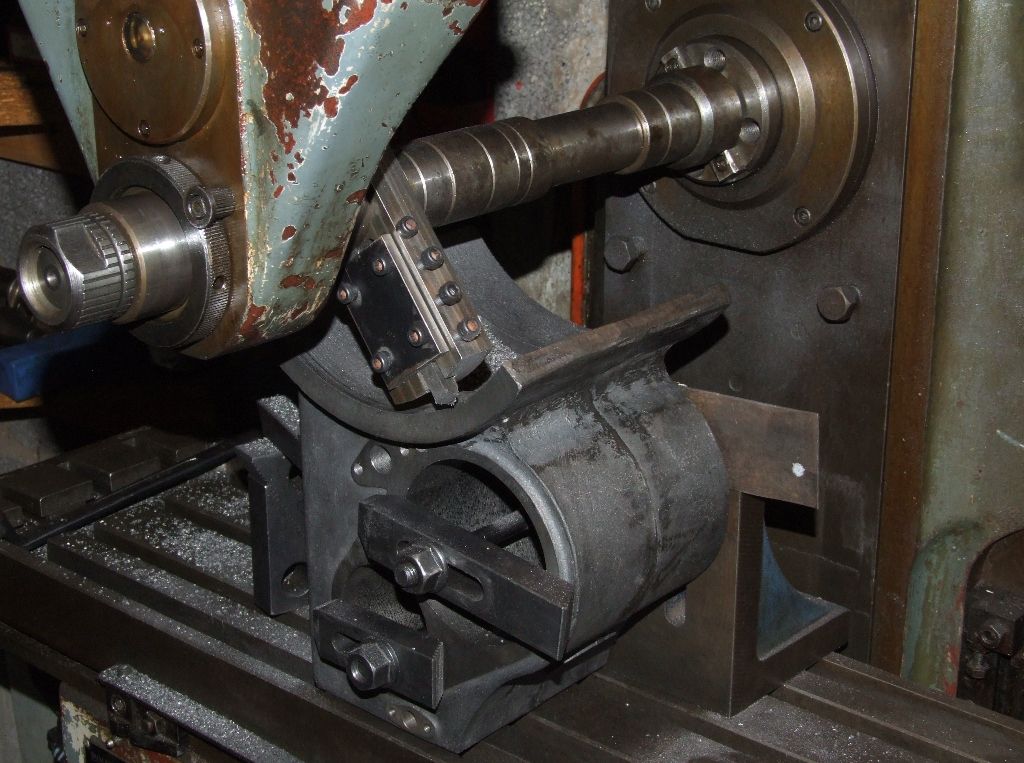Thank you for the photos etc of Wortly Top Forge , Bazyle. That lathe has some very fresh-looking swarf in the buicket under it!
I do like these smaller, volunteer-run industrial museums as they lack the pickled-in-aspic-and-ignorance feel of one or two of the Big-Name places I have seen.
If you are Down South, in Somerset, Weston Zoyland Pumping Station Trust's work is worth seeing – and it does run its engines on steam, supplied by a large Portable Engine uinder an adjacent lean-to. Pride of place is its original, in-situ, Amos engine and centrifugal pump. The site was originally for fen-land drainage, on the Somerset Levels; and the modern pumping-station (not publicly accessible) is adjacent to the museum.
Though only open occasionally, there is an intriguing small-scale water-works museum just outside Sherborne (N. Dorset). The water-supply pumps were water-wheel powered and have been partially rebuilt to show this; but the museum also has a fine Hindley mill-engine rescued from another water pumping-station in the area, and run from a vertical boiler. The point this museum emphasises is the site's role in fighting the water-borne enteric diseases, especially cholera, that were as rife in small rural towns as in the the Dickensian, East End of London.
SE Dorset has its famous Corfe Castle ruins overlooking the restored Swanage Railway with its new, SR-trim, Norden Station serving a Dorset Council run park-and-ride. Between car-park and station is a small museum devoted to the local ball-clay mining, with a short represantative level. The site itself was not a clay-pit but was instead the transhipment point to the national railways for clay brought there by various narrow-gauge railways from pits in the surrounding countryside, and the museum's short 2ft-g. railway gives a somewhat limited and unfortunately not emphasised flavour of this.
While for the military-minded, Bovington Tank Museum is not ever so far from there.
++++
Me Today?
With Thanks to my appeal on the Wanted Classifieds –
I started sorting out the pre-loved gearbox I bought, err, a while ago, for my Myford ML7. I found the parts I feared lost, and identified the gears therein.
These included the output-side idler with several teeth missing (appropriate for me… ask my dentist!); and a brand-new stock gear I assumed the seller had intended modifying as its replacement.
So last thing this evening I made a split-collet from an oddment of aluminium scaffold-tube, for holding that wheel in the 4-jaw independent chuck.
Prior to closing up for the night and ensuring the cask ale in my local is up the scratch. It was.
Setting the wheel central and boring through for a bronze or 'Oilite' bush is the next task.
 JasonB.
JasonB.



















 ,
, 



 ). I had to add long 3×2 extensions to three of the legs to make up for rot and an uneven floor.
). I had to add long 3×2 extensions to three of the legs to make up for rot and an uneven floor.



